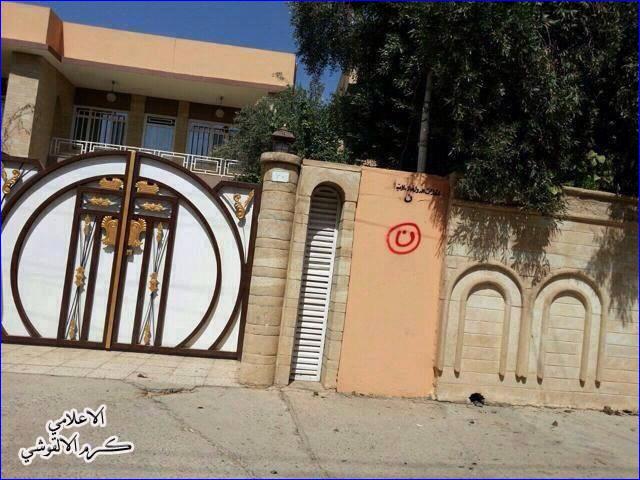


On August 7 Assyrians will commemorate Assyrians Martyrs Day world wide, but the situation for Assyrians in the Middle East is bleak, with an unstoppable exodus to the West.
Related: The 1933 Massacre of Assyrians in Simmele, Iraq
Assyrian Organizations Ask Iraq to Recognize 1933 Massacre of Assyrians
A coalition of four Assyrian organizations from the Unites States, Canada and Europe has sent a letter to the Iraqi government asking for official recognition of the massacre of Assyrians by the Iraqi army in August, 1933. Called the Simmele massacre, it was conducted in the Assyrian town of Simmele and its surroundings by the Iraqi army and Kurdish and Arab irregulars, between August 7 and August 11 of 1933 (Read the full story here).
Related: Timeline of ISIS in Iraq
Related: Attacks on Assyrians in Syria By ISIS and Other Muslim Groups
The Turkish Genocide of Assyrians
Between 1915 and 1918 750,000 Assyrians (75%), 500,000 Greeks and 1.5 million Armenians were killed by Ottoman Turks and Kurds in a genocide that aimed at and nearly succeeded in destroying the Christian communities in the Ottoman Empire.
Related: The Assyrian Genocide
The ISIS Genocide
The Islamic State of Iraq and Syria (ISIS) captured the city of Mosul, Iraq on June 10. Almost immediately thereafter it began to drive Assyrians out of Mosul and destroy Christian and non-Sunni institutions.
200,000 fled from Baghdede (Qaraqosh), Bartella, Karamles and dozens of Assyrian villages and towns in the Nineveh Plain north of Mosul, most have not returned.
Related: Timeline of ISIS in Iraq
Related: Attacks on Assyrians in Syria By ISIS and Other Muslim Groups
In Syria, ISIS attacked Assyrian villages, abducted and killed Assyrians, destroyed churches and Assyrian archaeological sites.
Related: Assyrians Should Leave the Middle East
Related: The Assyrian Simmele Massacre and the Unsung Hero of the Genocide Convention

or register to post a comment.